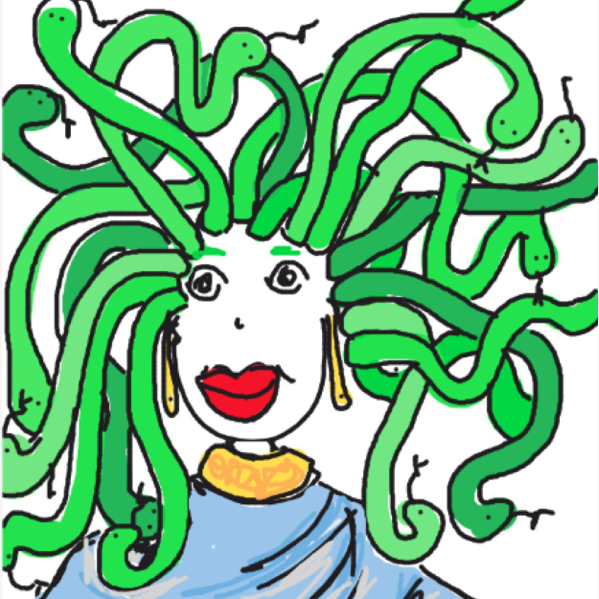a long post from fb.
I am interested in:
- sexual harassment and assault and its role in discouraging women musicians;
- the recent round of cuts in arts council funding and its role in pushing musicians o/s;
- do women follow the jobs o/s as younger men do, or do they have domestic commitments keeping them here?;
- whether or not a lack of attention to female historical figures in jazz education disuades young women musicians;
- intra-band culture and masculinism, and their role in discouraging women from playing instruments (v singing), and consequent effects on the music itself;
- are broader industrial factors inaccessible for women, because of impossible child care and donestic labour making the late hours, excessive drinking and drug use cultural factors central to jazz music culture and networking)
And so on.
I also want to look at the intersection of race, class, and sexuality, because the australian jazz world is very white, very straight, and very male.
What’s the point of asking these questions?
- most dance event organisers are women; does jazzbro culture impede collaboration? Would it be different if there were more women musos?
- jazz is slowly fading away as musos and audiences pass away. Why is the jazz world ignoring (even fighting) the great resource of 51% (more!) of the population?
- how would the music itself be different if it became the vernacular not just of some white bros? How many more people would it resonate with, if the stories were more varied and interesting?
I just need money for research (incl library access, transcription resources, secure places for data, travel $$ for interviews, etc). But i could plan and do this research no worries.
Here is a thing I read today RE arts funding which made me think about this: https://twitter.com/beneltham/status/942570857250959360
And I’ve also been reading first-person accounts by very brave young women recording their experience with sexual assault and harassment in the jazz scene, both in the US and here in Australia.
Basically: getting raped and harassed every day by staff, teachers, students, and punters discourages young women musicians. How can it even be true. Unfathomable*.
Upshot: sexual assault is a very good way of getting rid of threats to male egos and careers. ie talented young women.
Similarly, racism (both explicit and implicit) is another good way to get rid of threats (to white masculinity): talented young musicians of colour.
None of this is news. We have decades of first hand and academic research supporting this idea that sexual assault and harassment are tools of the patriarchy: discouraging women and others from breaching the citadel.
*insert sarcasm gif
I feel like the ban on black/american musicians touring Australia until the 50s is also relevant. And the role of the musicians union(s).
…and I want to look at the role of women in the Australian jazz industry to date. Especially the role of the women in the 50s, 60s, and so on up til now – the people who managed gigs, sold tickets, etc etc. All that unpaid, low status work that actually makes a gig possible.
I think that ‘uses of history’ is going to be important too. Something about the way historical figures, historical recordings and texts, ideas about history, authenticity, etc etc are used in ‘jazz’.
I feel like there’s some connection with the way Herrang really discourages modern black music like hip hop, house, rap, etc etc, yet sponsors the Frankie Manning ambassadors and young black people to the camp. These kids are allowed to come as ‘ambassadors’, but they aren’t allowed to bring their own, modern day music and dance – stuff they are authorities on. They have to be positioned as ‘special cases’ accessing black history via white ‘specialists’ in Europe, v accessing black history via their own families and communities and bodies and contemporary culture.
…I guess it’s all about culture, gatekeeping, power, and access to knowledge. And the discursive role of words and concepts like ‘authentic’, ‘history’, even ‘swing’. And which historical figures are used (Louis Armstrong vs Lil Hardin Armstrong etc).
So I guess we’re looking at the intersection of ideas about ‘work/labour’, ‘art’, ‘creativity’, ‘gender/race/ID’ in a particular creative field. Same old same old, really, but in a new context. And the new part is the role of funding and support (eg universities) by governments today, and jazz’s shift from vernacular music and culture funding by everyday spaces (eg bars, cafes, dancehalls) to ‘art’ funded by the state and high-end sponsorship. Which, it turns out, is much more precarious. There’s also something in there about education, learning, and teaching in vernacular vs institutional spaces. I think that’s the bit that’ll interest me most.
I’m already pretty interested in community arts practice via ‘art’ in galleries, opera houses, conservatoria, etc etc. I’d like to have a look at some cultural policy studies literature on engagement with the arts in Australia. ie do more people ‘engage with the arts’ as amateur makers via craft courses, community choirs, school holiday programs, etc etc, than they do via more formal routes like ‘going to see a show at the opera house’ or ‘attending the Sydney Festival’? I’d also like to look at the pathways to professional musicianship – via places like the Con, or via music programs in universities, or via informal apprenticeships with family members, or via ongoing lessons with teachers? And do these pathways offer particular obstacles or opportunities for women/POC/queer folk?
And of course, what are the more complex (and interesting) networks and convergences of all these pathways and factors? eg attending the Con, taking classes as a kid at school, practicing with friends in high school, making a band, recording and broadcasting at home for youtube, etc etc etc.
